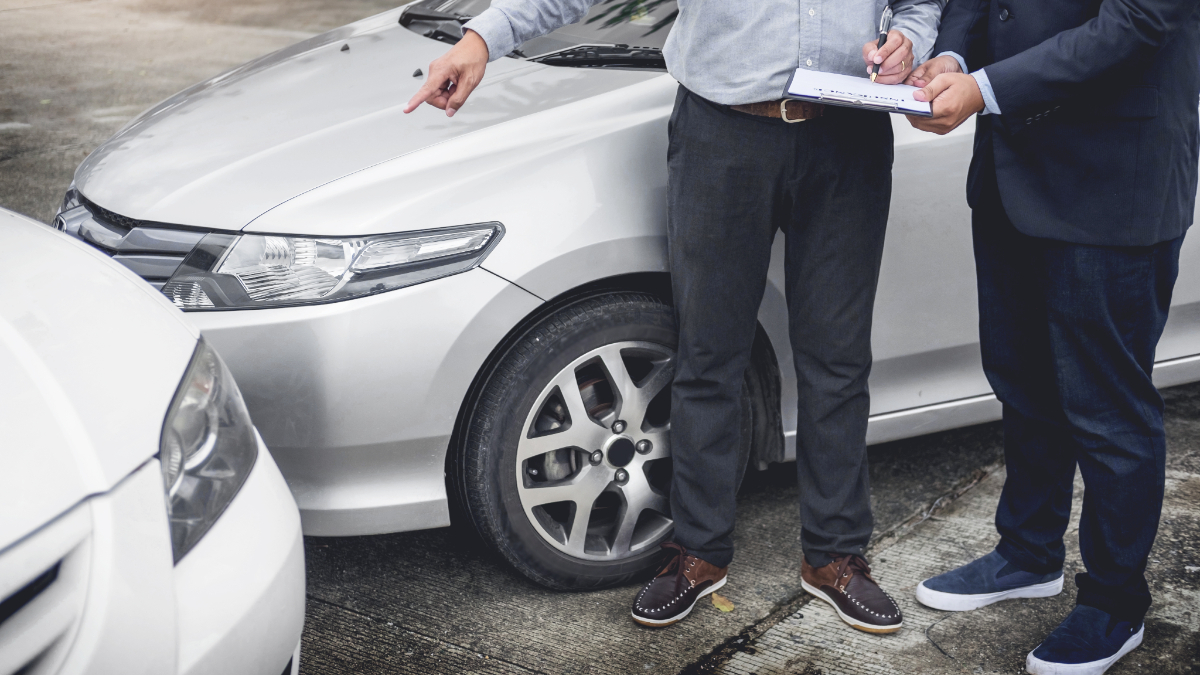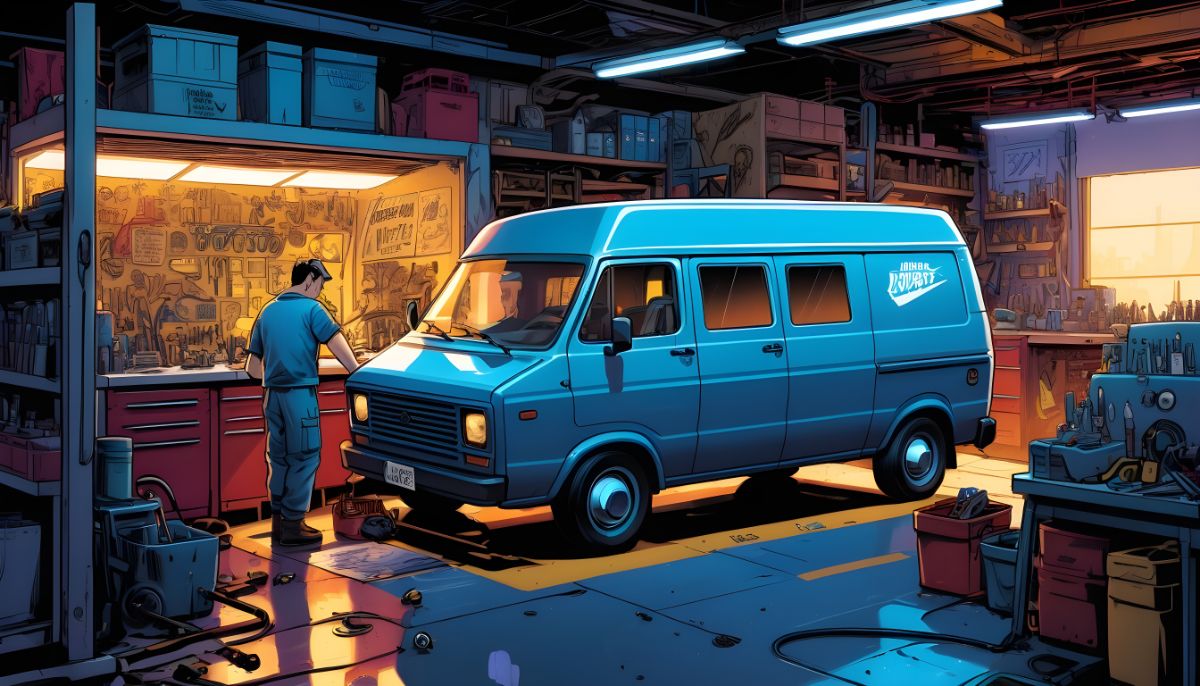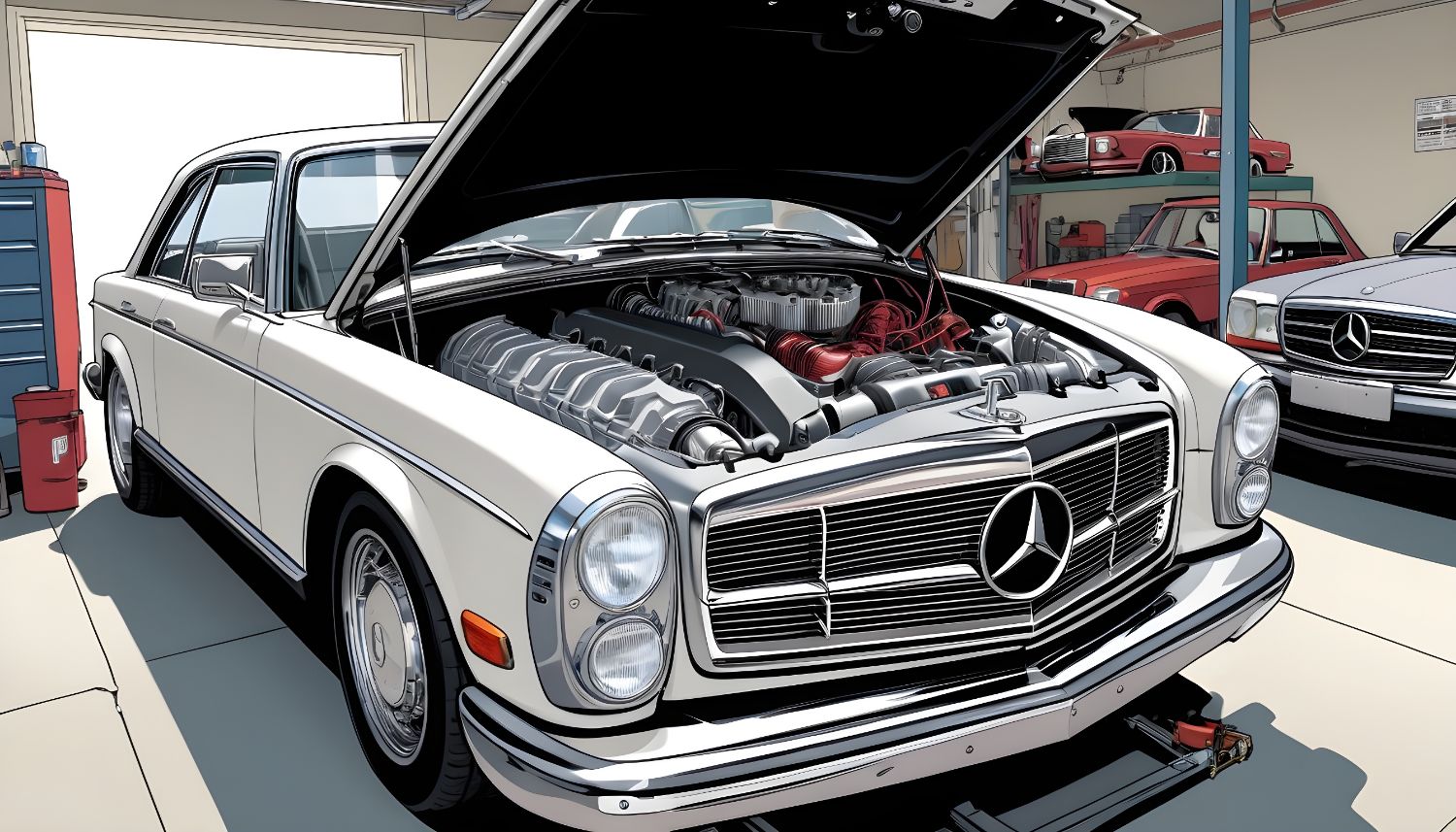
When it comes to car accidents and insurance claims, there are specific rules. If you are at fault, your insurance should cover the other party’s vehicle damage. The insurance claims investigations process is similar to other investigations.
It is common for people to fabricate or exaggerate what happened in a car accident. You will need to combat any lies by gathering all the correct information and following the right procedures.
Stay Calm
If you were not at fault, you need to have the proper evidence to support your claim. If the other party is lying about being at fault, it can cause a disagreement. You must stay calm in this situation.
Arguing at the accident scene will create distress. Calmy, ask the other driver for their license and insurance details; you will need this information to lay a claim. Avoiding an argument will help your claim and any case that may evolve from this incident.
Arguments with other drivers will make it impossible for anyone to rely on your word. You might start to seem belligerent to a law enforcement officer. Explain what happened calmly.
Speak To Witnesses
Your insurance may determine that you were not at fault if you provided more than one accident viewpoint. Witnesses are third parties with no incentive to lie. You need your witness to describe what they saw clearly and accurately.
Remember to take down the name and contact details of the bystander.
Photograph Everything
It is said that a picture speaks a thousand words. You should have indisputable photographic evidence of the damage done to your car.
Photos are indisputable evidence of the damage caused by the collision. The insurance companies should be able to determine who was at fault. Claims can be built on photos.
The other driver will not be able to declare that your car was not damaged in the collision. Do not wait to take photos. Accident scenes may be changed quickly, and if you take photos immediately, you will have accurate pictures.
You should be compensated for any injuries and damage to your rear bumper if you have photographic evidence.
Gather Evidence
Contact the police. The police will speak to any witnesses willing to give a statement. They will file a complete report of the accident.
If the other driver was perhaps under the influence, speeding, texting, or following too closely, a police report would support your claim. If the other person is lying, you will not be able to change their mind, especially if they are lying to an officer of the law.
Call an ambulance, if necessary. Medical professionals will be able to make sure that your injuries are documented correctly and treated onsite. If you do not feel safe or comfortable driving away from an accident, it is best to take an ambulance.
Do your best to gather as much accurate evidence as possible. Insurance companies determine fault by assessing all the evidence. So, be sure to gather police reports, witness statements, and dated photographs of the accident scene.




